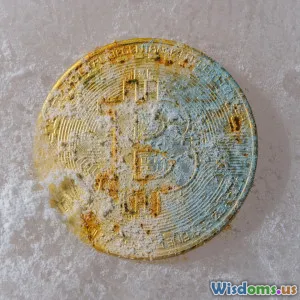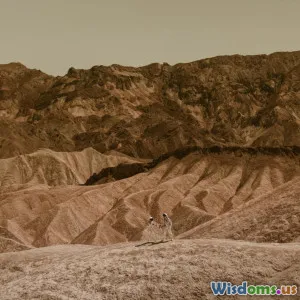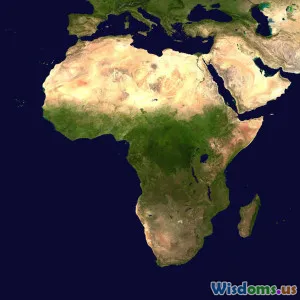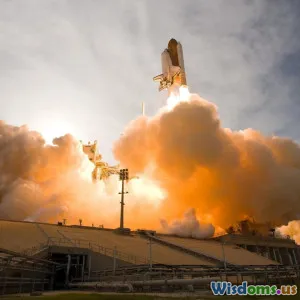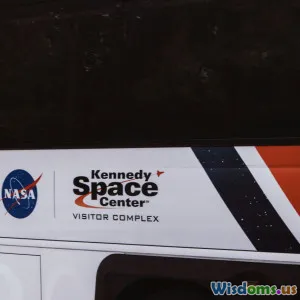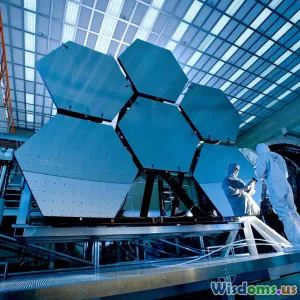
Secrets Of Safe Space Tourism Shared By Astronauts
8 min read Unlock astronaut insights on ensuring safe, life-changing space tourism experiences beyond Earth's atmosphere. (0 Reviews)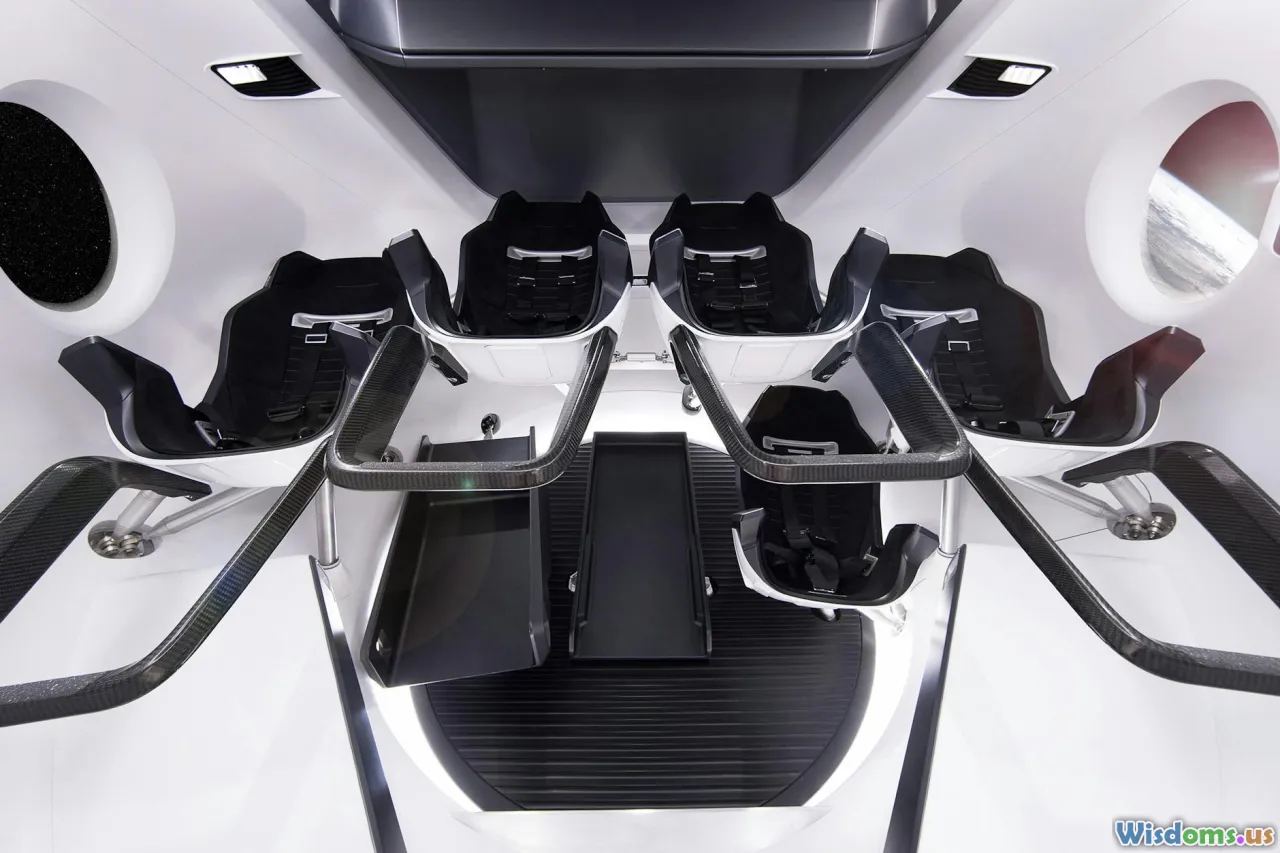
Secrets Of Safe Space Tourism Shared By Astronauts
Space tourism is transitioning from science fiction to a thrilling reality. As private companies launch missions beyond Earth's atmosphere, safety remains paramount—after all, the cosmos is unforgiving. Who better to reveal the keys to safe space travel than astronauts themselves? These veterans open up on how rigorous preparation, technology, and mindset converge to make space tourism secure for all.
Introduction
The burgeoning era of space tourism promises that one day soon, ordinary people will experience the breathtaking views and zero-gravity wonders astronauts have marveled at for decades. Yet, space is inhospitable and prone to hazards that require expert management. From Neil Armstrong to current international crews, astronauts possess invaluable knowledge protecting human life amid vacuum, radiation, and microgravity. Sharing their wisdom can enlighten travelers and the industry to ensure safety is foundational—not an afterthought.
The Backbone of Safety: Intensive Pre-Flight Training
One of the foremost lessons astronauts emphasize is the need for extensive, realistic training before any spaceflights. Richard Garriott, a private spaceflyer who visited the International Space Station (ISS), shares that comprehensive drills and simulations prepared him better than any expectation could. Space tourists undergo accelerated versions of these.
Simulating the Space Environment
Space agencies use full-mission simulators replicating spacecraft interiors, communications, and emergency scenarios to condition travelers. These simulations cover malfunctions such as cabin depressurization, fires, or sudden course corrections. They also introduce newcomers to weightlessness via parabolic flights—common among astronaut hopefuls—to acclimate them physically and mentally.
Physical and Psychological Preparedness
Astronauts stress the importance of passing stringent physical tests to withstand stresses like G-forces during launch and reentry. Equally vital is mental resilience training to cope with isolation, confined spaces, and the pressure of responding calmly under duress. The European Space Agency incorporates mindfulness techniques and problem-solving exercises that aspiring tourists could benefit from.
Spacecraft Design: Engineering a Safeguard
Beyond training, vehicle reliability defines safety. Astronauts often laud NASA's and private firms' engineering philosophies emphasizing redundancy and fail-safe mechanisms.
Redundancy Is Not Optional
Chris Hadfield, former ISS commander, highlights how critical systems—life support, communications, propulsion—are duplicated so failure in one does not jeopardize the mission. For example, SpaceX’s Crew Dragon employs multiple independent thrusters and backup avionics that automatically kick in.
Materials and Structure Resilience
Astronauts point to spacecraft hull materials designed not just for pressure retention but also debris impacts and thermal variations in orbit. The integration of radiation shielding, such as polyethylene layers, reduces cosmic ray exposure—a known health risk.
In-Orbit Safety Protocols: Maintaining Life Beyond Earth
Space is loaded with invisible threats where protocols become life lines.
Atmospheric Control and Monitoring
Life support systems continuously cycle and purify cabin air, a process understood deeply by astronauts who monitor oxygen, carbon dioxide, and humidity. Advanced sensors paired with AI predict anomalies early, enhancing safety.
Emergency Procedures
Veterans describe repeated drills for rapid evacuation and sheltering. For tourists, checklist-based emergency training ensures passengers act precisely when seconds count. For instance, donning pressure suits and making emergency dockings require practiced coordination.
Space Medicine
It's also essential to address physiological acclimatization. Astronauts share that regular exercise and monitoring prevent muscle degeneration and bone density loss. For tourism, shorter duration missions have protocols to mitigate these conditions effectively.
The Human Factor: Mindset, Communication, and Teamwork
Training and technology can only go so far without the proper human attributes.
Calm Under Pressure
Astronauts like Peggy Whitson underline the importance of composure. Maintaining calm improves decision making during malfunctions or unexpected events.
Clear Communication
Strategic communication between crew and ground enables timely interventions. Space tourists learn direct communication manners and codes for efficient problem-solving.
Team Cohesion
Even brief commercial flights stress cooperation. Crew members are trained in leadership and conflict resolution techniques, vital to creating a safe, supportive environment.
Real-World Insights: Lessons From Early Space Tourists
Dennis Tito’s Experience
Dennis Tito, the first space tourist in 2001, credits his rigorous Russian space agency training for a safe experience. Despite being a civilian, he underwent intense Soviet-style simulations focused on emergency response.
Virgin Galactic Flights
Pilots and crew of Virgin Galactic’s suborbital trips have iterated extensively to refine safety systems after test flights revealed necessary upgrades, emphasizing adaptability.
Future Outlook: Innovating Safety in Space Tourism
With Starship, Blue Origin, and others pushing boundaries, new astronaut insights influence vehicle automation, virtual reality simulation for training, and improved suits. NASA’s Artemis program research aids understanding of long-duration mission safety, indirectly benefiting tourists.
Ongoing research on radiation mitigation measures through pharmacology and hull advances will open doors to more frequent, safer travel.
Conclusion
The democratization of space travel hinges on rigorous safety frameworks inspired by astronauts’ hard-earned wisdom. Pre-flight physical and psychological preparation, spacecraft engineering with layered redundancies, in-orbit life support vigilance, and strong interpersonal teamwork form the pillars securing space tourists. As industry evolves, embracing these astronaut secrets transforms space tourism from risky dream to thrilling reality—allowing more human beings to safely chase the stars.
Ultimately, learning from those who’ve lived the challenge reminds us: space travel is not just about adventure, but also about respect for the delicate conditions that keep us alive beyond Earth. Heeding those lessons is the best way to safeguard these new journeys across the cosmic frontier.
“Space tourism’s future safety rests on the shoulders of those who endured its trials long before it was commercial — the astronauts.” — Anonymous astronaut
Rate the Post
User Reviews
Popular Posts











